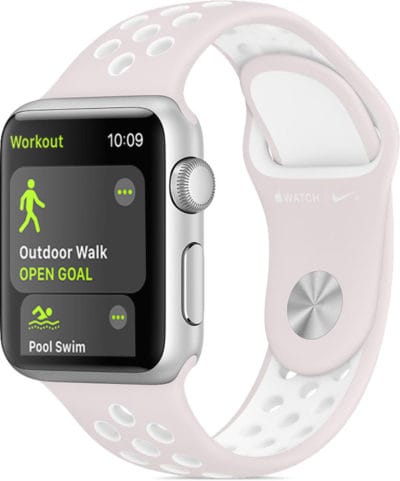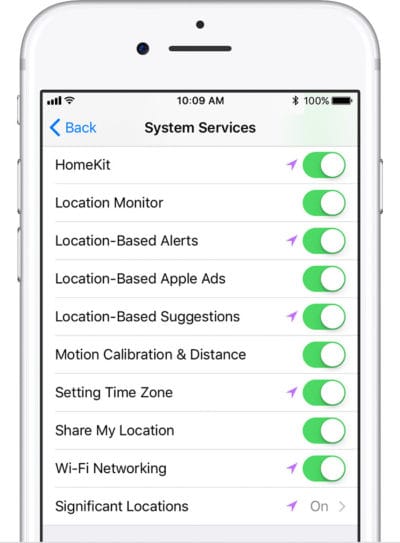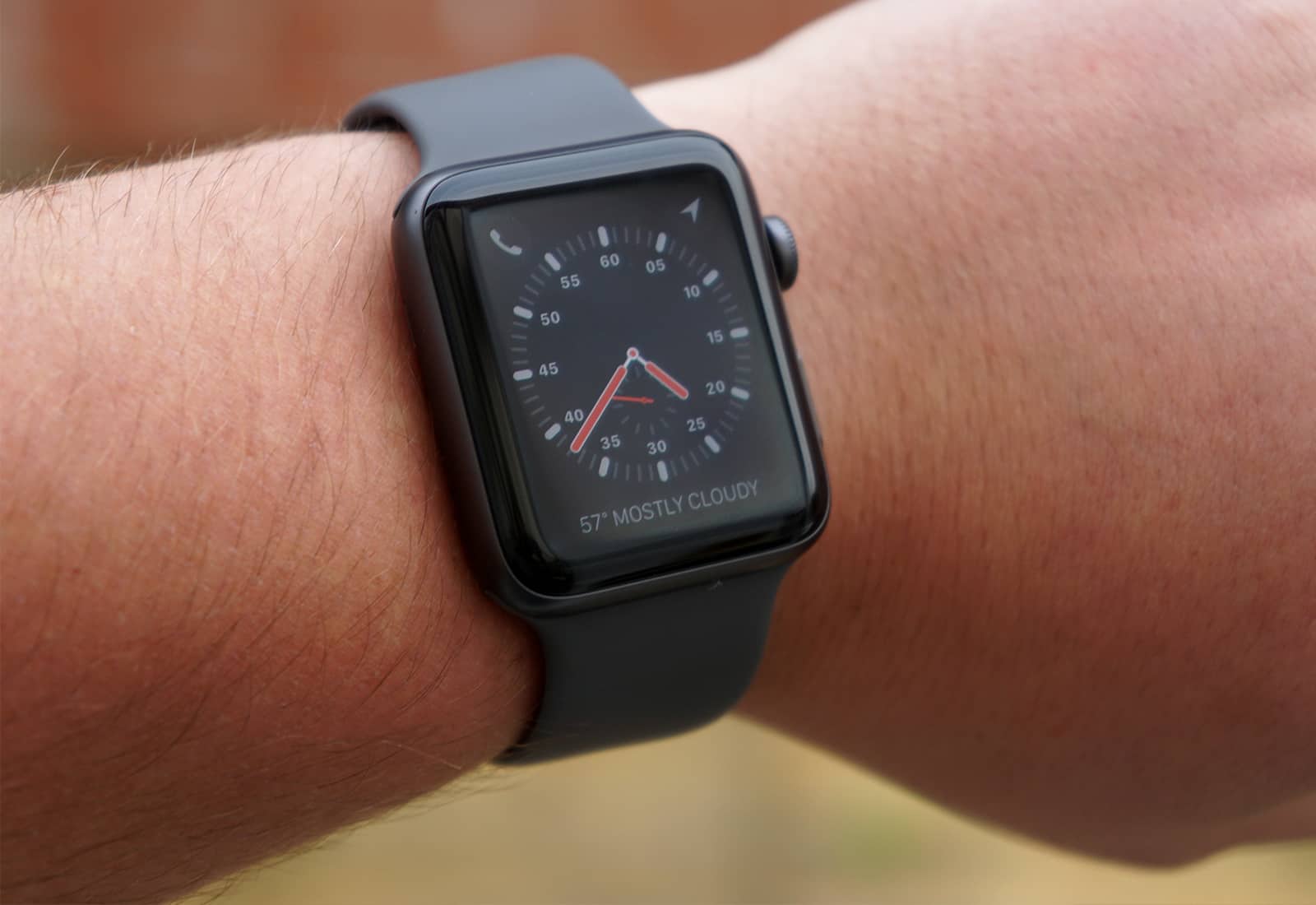The Apple watch is pretty good at counting your steps, and guessing the length of your strides, but does it really know how far you have run or walked? With a Series 3 Apple Watch, the onboard GPS almost takes care of it for you. If you have an older Apple Watch, though, you’ll need to take your iPhone along for a few runs to let the watch calibrate itself using the iPhone’s GPS. Here’s how.
Update your personal stats
First up, you should make sure that your Apple Watch has up-to-date data on you. In the Watch app’s Health page, you should check to see that your weight is up to date. On this page you can also enter your height, sex, date of birth, and whether or not you use a wheelchair. Most of these can be set once and forgotten — at least until you grow so old you start to shrink. The others should be reviewed from time to time, otherwise calorie counting and other data will be off.
Calibrate a Series 3 Apple Watch

Photo: Apple
This one is easy. You just need to give the watch permission to track your movements with GPS, and this is done by enabling the feature for your iPhone, too. Head to Settings>Privacy>Location Services, then scroll down until you see the System Services entry at the bottom of the list. Tap that, and then scroll down until you see Motion Calibration & Distance. Just make sure that this setting is enabled. It is probably on already.
And that’s it. Now, your Apple Watch will use its own GPS receiver to fine tune-the step counter, and ensure all the gathered data is accurate.
Calibrate a Series 1 or older Apple Watch

Photo: Apple
If you have an older watch. then you have to perform a semi-manual calibration. The idea is that you do a workout of minimum 20 minutes, in perfect conditions, and take your iPhone along while you do it. The watch and the iPhone will talk to each other, comparing notes from their various sensors, and use the results to accurately set your stride length and so on.
This happens automatically as long as you have both your watch and your iPhone with you during a workout, but there are a few steps you can take to make sure the process is smooth, and the results are accurate as possible.
Dressing up
First, dress up in your exercise costume. This makes even a power-walk seem like real exercise. Then head out to good flat location with clear views of the skies. The idea is to give the iPhone a clear view of the GPS satellites above, while minimizing variations in your pace due to running up and down hills.
And don’t hide the iPhone in a pocket of backpack. Wear it on your arm, or hold it in your hand, so it can see those satellites.
Then, open up the Workout app on your Apple Watch, and tap Outdoor Walk or Outdoor Run. Set a goal if you like, and then run or walk for a minimum of 20 minutes. You should go at your usual pace the whole time. Just relax and enjoy it. Or relax as much as you can with the three times the entire weight of your body smashing down through your legs and heels with every step, as they hammer the pavement.
If twenty minutes is too long for you, then you can come back again to complete the setup. The system just needs a minimum of 20 minutes worth of data to properly calibrate itself. Maybe next time you should skip dressing up in the fancy workout costume if you’re pressed for time. You should also do a calibration run for each speed at which you intend to work out. For instance, if you take power walks, do fast, short runs, and long cross-country marathons, you should do a twenty-minute setup at all three of those paces.
Ongoing calibration
Whenever you are actively in a workout using the Workout app on your Apple Watch, and your iPhone is also with you, then the system will continue to calibrate itself. If you don’t regularly take your iPhone along on runs, then you should get in the habit of doing so every once in a while. This is especially true if you are a beginner at this whole exercise game, because it’s likely that you will make big improvements in speed and stamina over your first weeks and months, so you’ll have to calibrate at those new speeds.
Happily, it’s easier to calibrate the watch than it is to do the actual workout, so at least there’s one part of your exercise routing that you can stick to.


